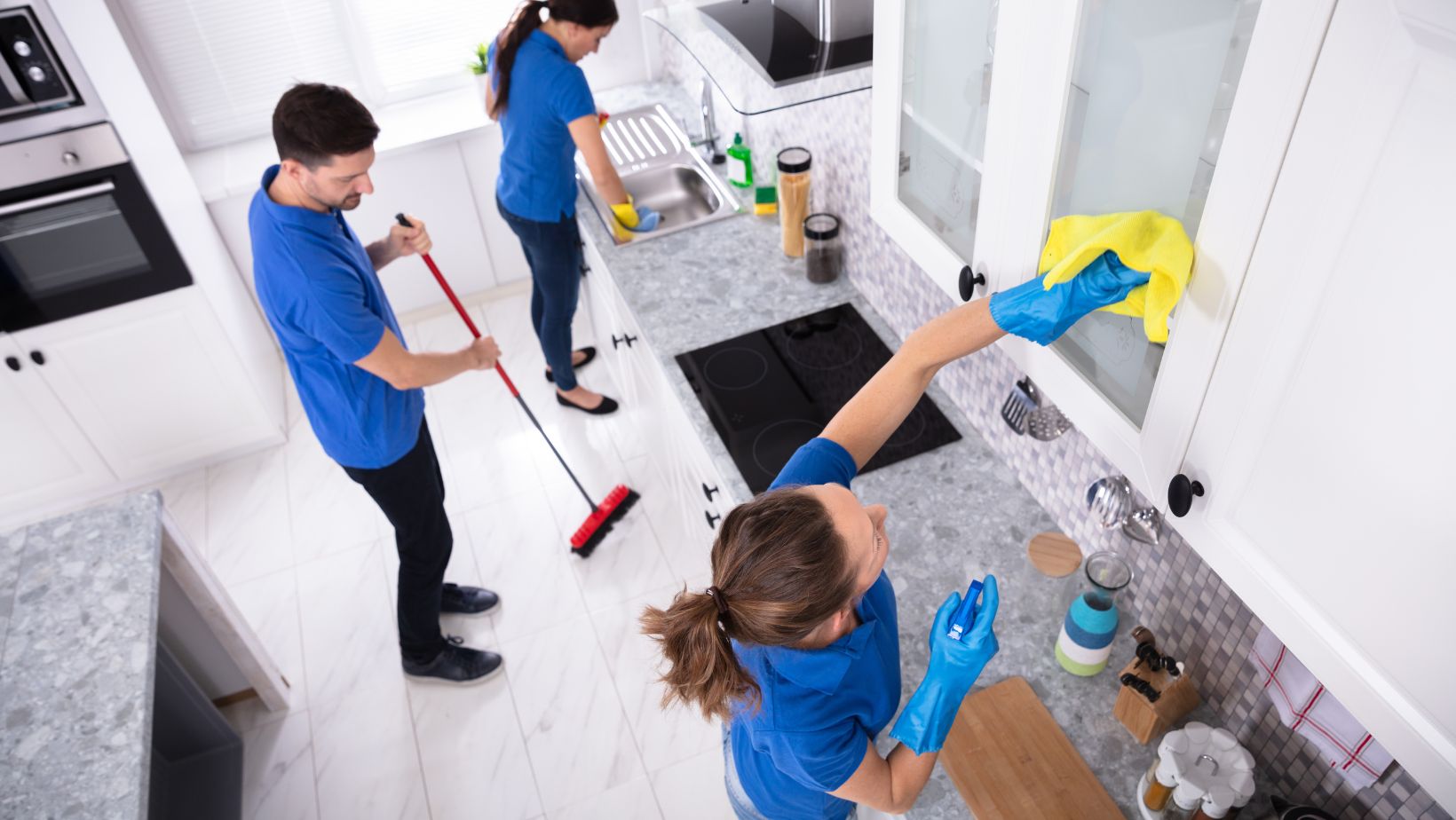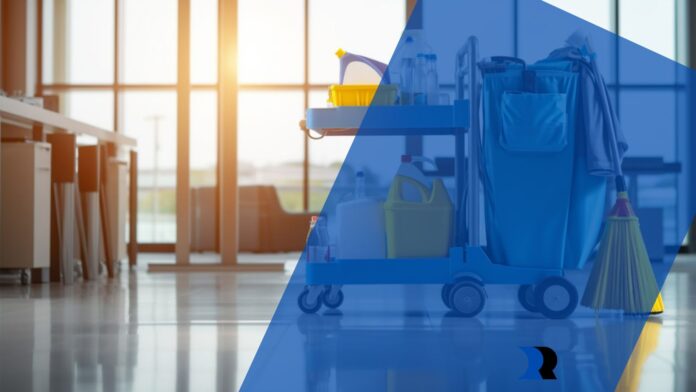A clean, well-maintained workplace isn’t a luxury; it’s a necessity. It promotes not just the physical well-being of the employees but boosts morale, enhancing productivity and creativity.
Ensuring a sanitized environment is paramount in a world where the workforce is the backbone of any enterprise. Adopting robust cleaning protocols has become even more critical in today’s context. For instance, with the services of companies like Fort Worth janitorial cleaning services, businesses ensure the environment is clean, safe, and conducive for all.
Read on to uncover practical steps to elevate your office safety by integrating essential cleaning protocols, ensuring a healthier and more productive workspace for all.
Identify And Assess Risks
Initiating effective cleaning protocols starts with a thorough identification and assessment of potential risks. Pinpointing these allows for targeted cleaning efforts, enhancing workplace safety.
Below are key areas to focus on:
- High-traffic areas: The reception, hallways, and meeting rooms are frequented by staff members and visitors alike. Prioritizing cleaning in these spots is essential to mitigate the rapid spread of germs and ensure a healthier environment. Enhanced cleaning practices, such as increased frequency and use of higher-grade cleaning products, can be particularly beneficial here.
- Commonly touched surfaces: Items such as door handles, elevator buttons, and shared office equipment are touched by multiple people throughout the day. Special attention to disinfecting these surfaces is crucial to minimize the risk of cross-contamination and the spread of illnesses.
- Areas prone to spills: Places like kitchens and restrooms are susceptible to spills. Immediate attention and thorough cleaning are necessary to prevent accidents and the proliferation of bacteria, ensuring these areas are safe and hygienic.

Pinpointing and addressing these specific risks are pivotal steps in elevating the cleanliness and safety standards of the workplace.
Implement Regular Cleaning Schedules
Adequate workplace safety is anchored in consistency. Introducing regular cleaning schedules ensures that every corner of the office is systematically attended to, addressing potential hazards promptly.
Here are some focal areas and tasks that can be integrated into these schedules:
- Daily tasks: Daily responsibilities should encompass cleaning and disinfecting frequently touched surfaces such as desks, keyboards, and phones. A daily routine helps mitigate the risk of infections and illnesses, offering a fresh, clean start each day.
- Weekly duties: Focus on deeper cleaning tasks, such as vacuuming carpets, washing floors, and disinfecting shared spaces like kitchens and restrooms. Weekly tasks are designed to maintain a hygienic environment and to address any areas that may have been overlooked during daily cleanings.
- Monthly checklists: Reserved for comprehensive cleaning activities, like window washing, air vent cleaning, and inspecting storage areas for clutter or potential hazards. It’s an opportunity to tackle less obvious but equally significant cleaning needs to ensure a pristine workplace.
Cleaning schedules are instrumental in maintaining a workplace that’s clean, safe, and healthy for all. By clearly delineating daily, weekly, and monthly tasks, organizations instill a culture of hygiene and safety, where cleanliness becomes an integral aspect of the workplace ethos.
Train And Equip Staff
The active participation of staff is a cornerstone in upholding workplace cleanliness and safety. Through training and equipping staff, businesses can foster a proactive culture where safety is a shared responsibility. This initiative includes first aid training, ensuring every team member is adept at providing immediate care during emergencies.
The following are vital components of this training and equipping process:
- Safety training: Workers should be educated on properly handling equipment and chemicals, ensuring they’re used safely and effectively. Knowledge of emergency procedures is also crucial to address spills or accidents promptly.
- Provision of supplies: Ensure that cleaning supplies are readily available and easily accessible. Staff with the right tools can immediately address spills and contamination, reducing potential hazards.
- Role-specific training: Tailor training according to the specific roles and areas of the workplace. Different areas may require specialized cleaning protocols to effectively address unique challenges and hazards.
Empowering staff with the appropriate training and tools is instrumental in fostering a safe, hygienic workplace. It boosts efficiency and instills a sense of collective responsibility toward maintaining a clean and safe working environment.
Develop Emergency Response Protocols
Preparation is a pivotal aspect of ensuring workplace safety. By establishing emergency response protocols, businesses can swiftly and effectively address unexpected incidents, minimizing potential hazards.
Here are the essential elements to include in these protocols:
- Action plans: Create detailed action plans for various emergencies, such as chemical spills or fires. Each plan should outline specific steps to contain and manage the incident, ensuring quick, effective responses.
- Emergency contacts: Have a list of essential contacts readily available. This should include internal emergency response teams and external services to ensure that help can be quickly summoned.
- Equipment accessibility: Ensure that emergency response equipment is easily accessible. Items like fire extinguishers, spill kits, and first aid supplies should be strategically located throughout the workplace.

Having well-defined emergency response protocols enhances the workplace’s resilience to unexpected incidents. It ensures that staff members are prepared and can respond effectively, promptly restoring safety and minimizing risks.
Conclusion
Implementing rigorous cleaning protocols safeguards both team members’ well-being and business vitality. A meticulous approach to cleanliness fosters a productive, health-conscious workspace. To elevate your office environment, begin today by assessing risks and integrating tailored, comprehensive cleaning strategies. Every action towards a cleaner, safer space is an investment in a thriving, resilient business future.


